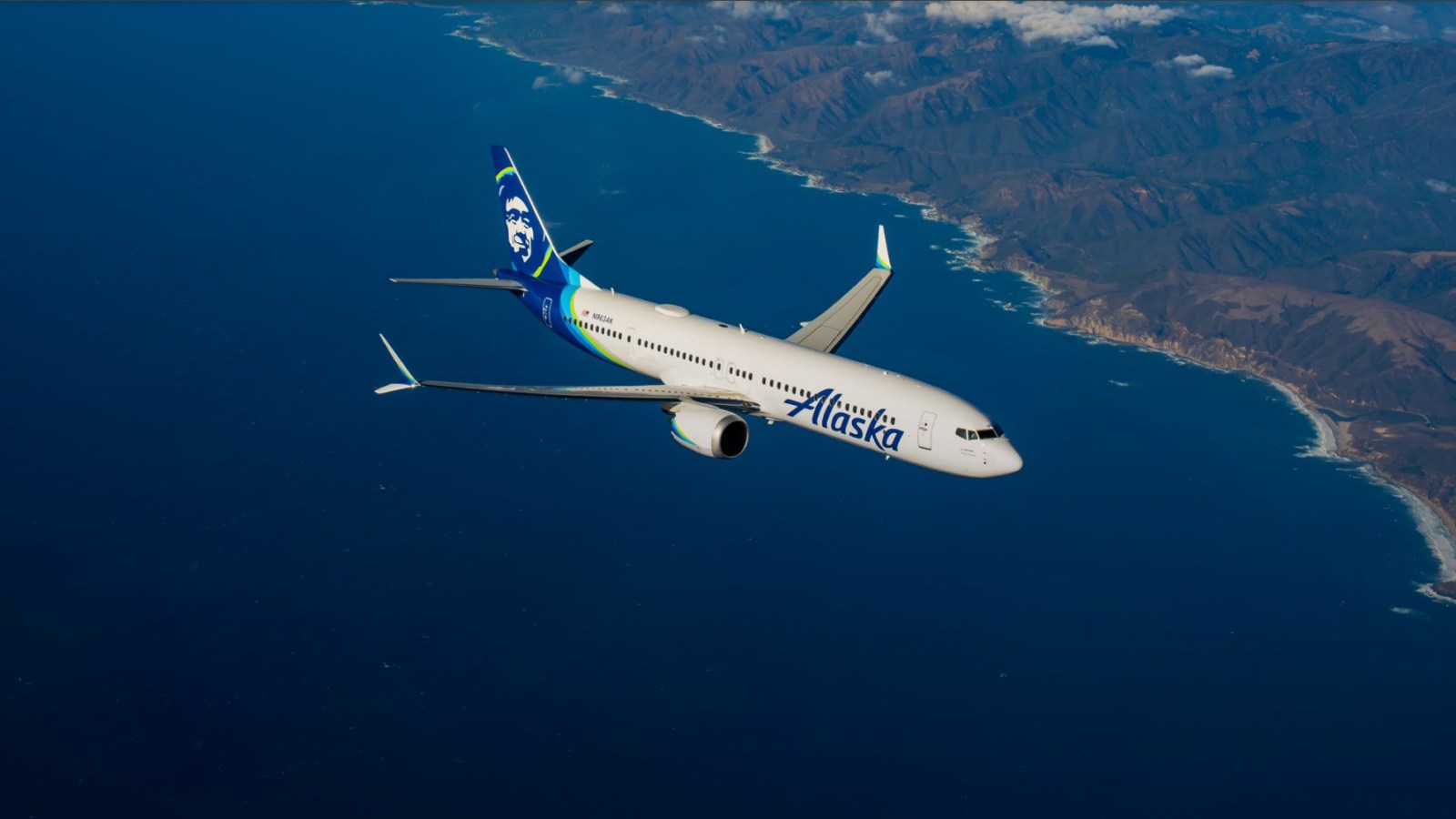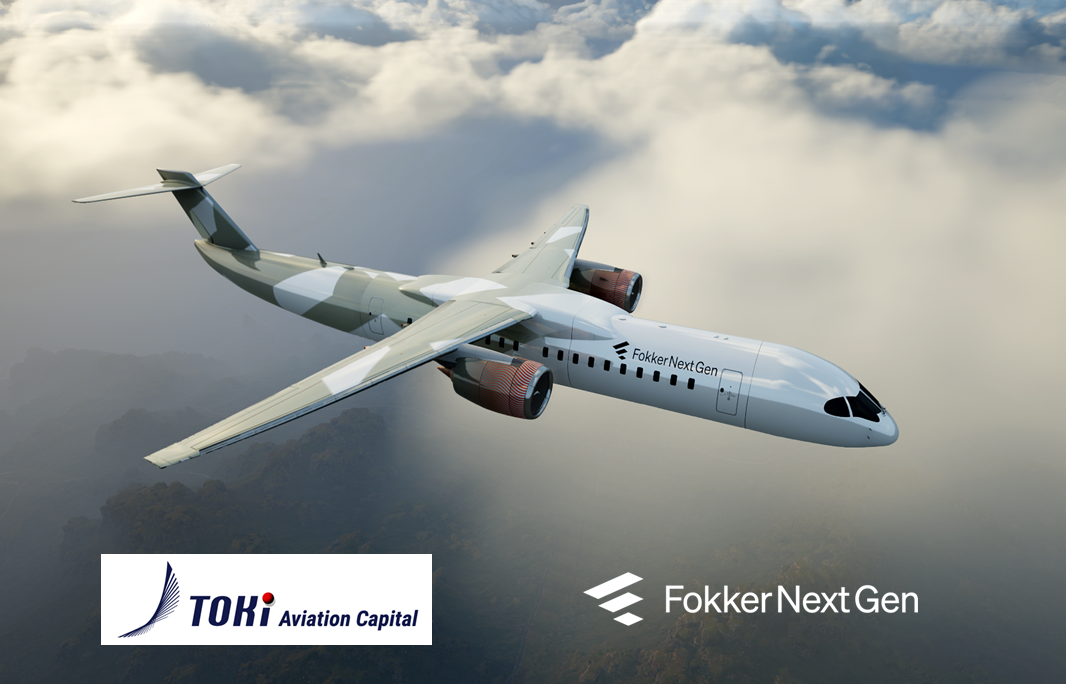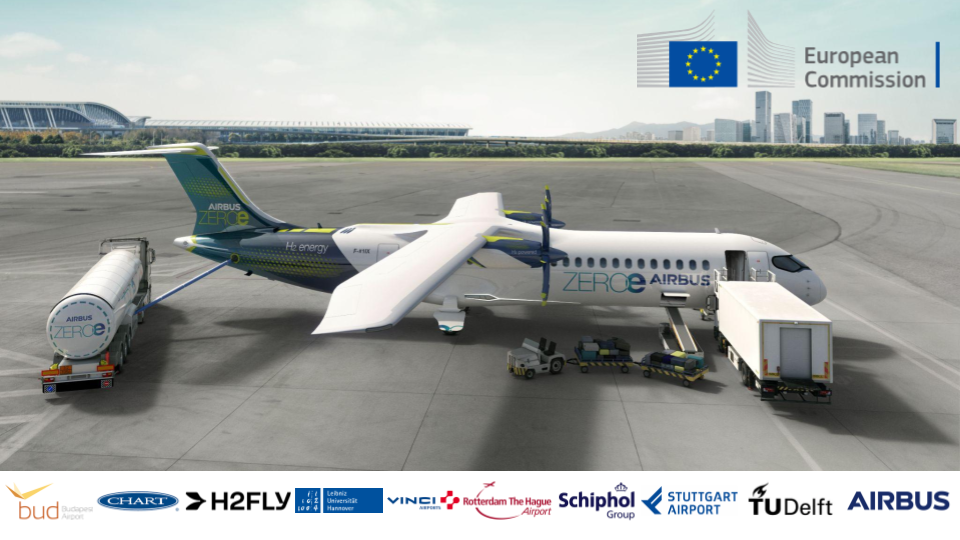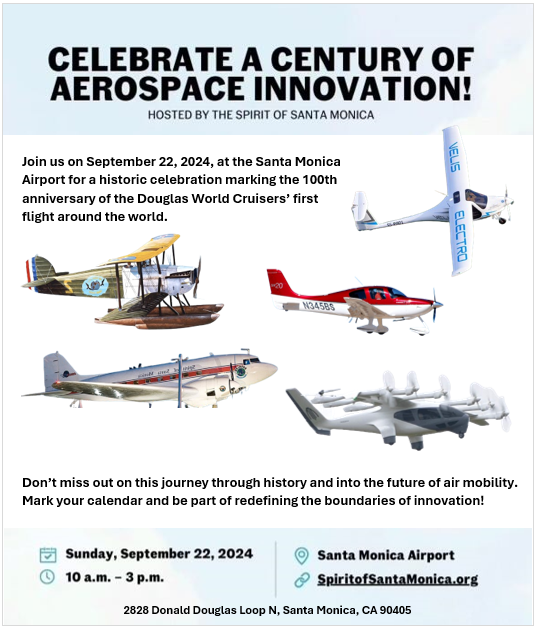
From Airbus to Boeing, plane manufacturers are trying out new wing configurations for sustainability and combating turbulence. Here’s how.
Planes with flapping wings sound more anime than aerospace, but the world’s largest airframers on both sides of the Atlantic are expediting prototypes that could shape the next generation of business and commercial jets in entirely unconventional ways. Their mission?
To make aircraft exceedingly more fuel efficient and help deliver on aviation’s sustainability pledge to be carbon-neutral by 2050. In Europe, Airbus is designing radical wing configurations, including one that changes form to counter turbulence, while stateside, Boeing has partnered on NASA’s X-66A experimental plane that relies on trusses to support unusually long and slender wings.
Planes with flapping wings sound more anime than aerospace, but the world’s largest airframers on both sides of the Atlantic are expediting prototypes that could shape the next generation of business and commercial jets in entirely unconventional ways. Their mission?
To make aircraft exceedingly more fuel efficient and help deliver on aviation’s sustainability pledge to be carbon-neutral by 2050. In Europe, Airbus is designing radical wing configurations, including one that changes form to counter turbulence, while stateside, Boeing has partnered on NASA’s X-66A experimental plane that relies on trusses to support unusually long and slender wings.





/cdn.vox-cdn.com/uploads/chorus_asset/file/25476438/Gen_3_Cube_Rendering.png)






